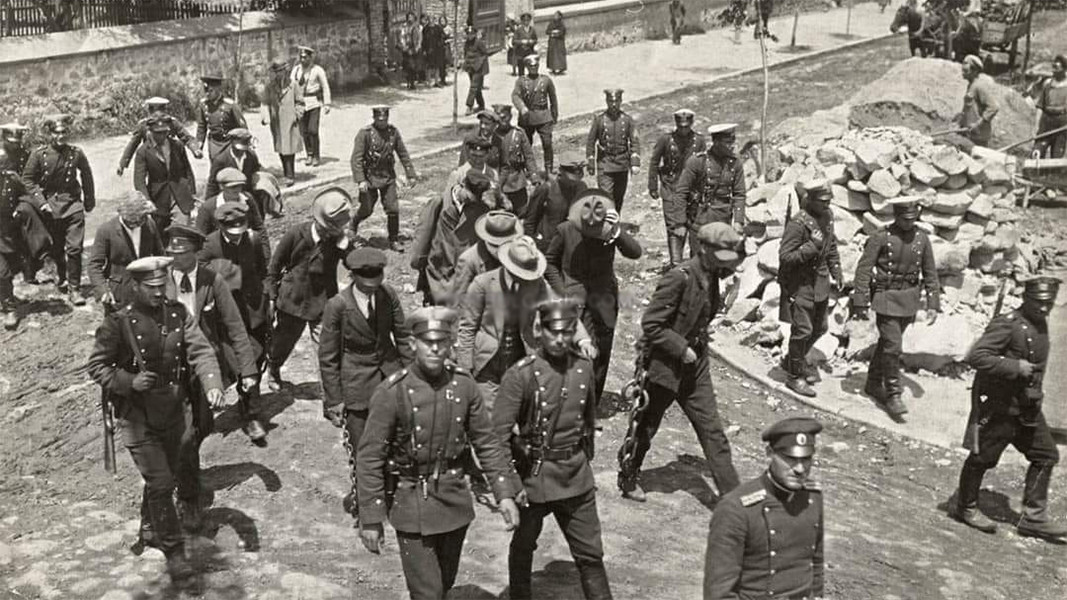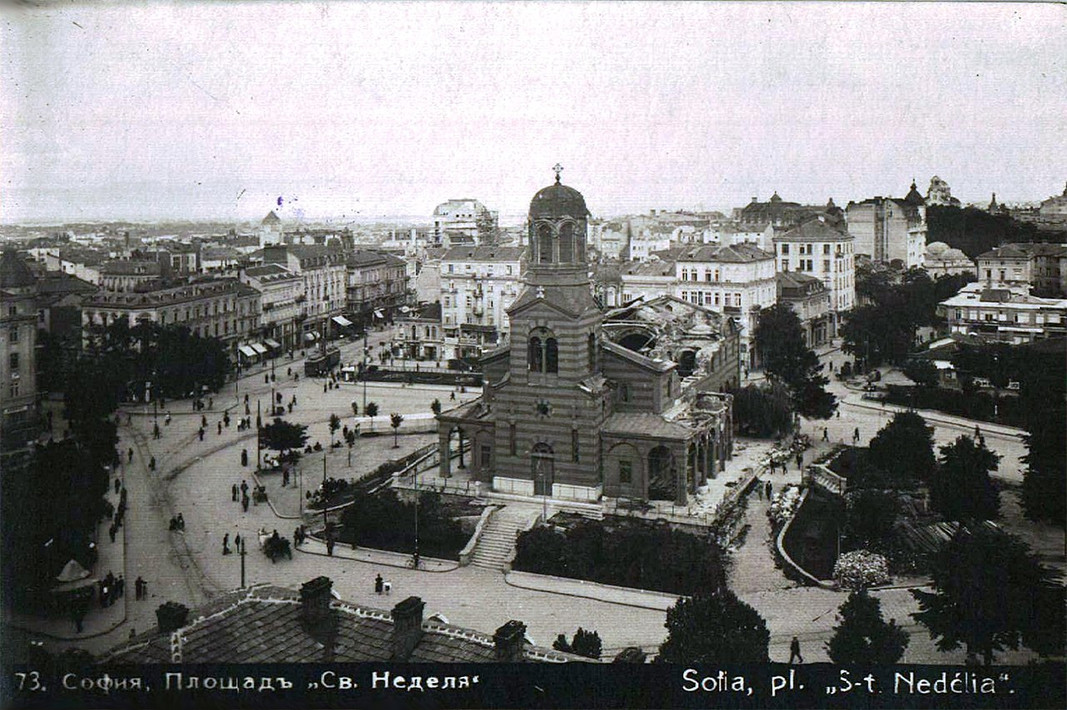The attack in the "St. Nedelya" cathedral on April 16, 1925 is the deadliest terrorist act in the history of Bulgaria. It took place on Maundy Thursday and in terms of its brutality and premeditation, it has no analogue. During Holy Week a century ago, 134 people died in the church, but in the following days their number exceeded 200, as some of the 500 wounded also passed away. The day of the attack is not accidental also for another reason. On April 14, member of the parliament Gen. Konstantin Georgiev was murdered. The funeral of the representative of the government brought the military and political elite of the country to the church. It was expected that Tsar Boris III would be among them. But the monarch was late, as he was attending the funerals of his companions who were killed during the failed assassination attempt against him on April 14 in the Arabakonak Pass. The terrorists' goal was to eliminate as many influential political figures as possible.
What are the historical prerequisites for this bloody act?

"The Bulgarian Communist Party was very well aware that there were no conditions for immediate revolutionary action in Bulgaria and resisted the pressure of the Comintern to start an armed struggle,” historian and lecturer at Sofia University, Prof. Veselin Yanchev says. “In the end, the so-called September Uprising (1923) took place, which clearly showed that at the moment the Communist Party was not able to change the existing power. It had neither the human, nor the organizational, nor the military potential to do so and it was logical for it to seek other paths for further political development. However, Vasil Kolarov and Georgi Dimitrov, who were the leaders of the uprising, intervened and decided that the course of armed struggle and the forcible seizure of power through a new uprising, must be continued. For this to happen, there were two possible paths - the creation of an illegal military organization and the maintenance of some kind of a partisan movement to destabilize the government. It is in this direction that the efforts of the entire party were directed and it ceased to be a political force, but turned into an illegal, subversive organization," Prof. Veselin Yanchev says.

After the suppression of the September Uprising, which broke out in 1923, the Communist Party was banned and the authorities intensified pressure against its members. In turn, they began to plan attacks against representatives of the authorities or the police. On April 16, 1925, at 3:23 p.m., the bombers lit the fuse of the bomb and after the explosion, a black cloud rose above the church. The main dome collapsed and many innocent people died under it. Among the victims were 12 generals, 15 colonels and other officers who fought heroically for their homeland in 3 or 4 wars. The tragedy was enormous, chaos ensued.

According to Prof. Yanchev, attempts to hold the legitimate state authorities and law enforcement agencies responsible for what happened are not something new:
"This was generated in the course of events, and even before what happened, with the justification that the state was exercising terror, which must be responded to. The fact is, however, that this policy, led by the leadership of the communist party to raise a new armed uprising, was not accepted unequivocally even in party circles, because some of them realized that this would be the absolute end of the party. After the attack a process of mass departure from the party and outrage over this not just unchristian, but inhuman act started."

Although a century has passed since this black date for Bulgaria, the white spots in the history of what happened remain. Among them is the answer to the question what the exact intentions of its perpetrators were:
"Unfortunately, the explanations we have are given post facto. They are from those activists who remained alive and were interested in remaining innocent. The main organizers died immediately after the attack and we cannot learn their goals. In addition, it sounds completely illogical for people who are military and engaged in political activity to imagine that political power can be overthrown by physically destroying the current political leadership. There is no way this could happen, because a ruling party does not consist of just ten ministers. The idea that destroying the political leadership would create panic, which would spread to the entire country and it would be blocked, in my opinion is more than naive," the historian says.

Publication in English: Al. Markov
Photos: BTA-archive, History Museum - Samokov, State Agency "Archives", lostbulgaria.com, wikipedia.org
Veliko Tarnovo is proud of its glorious past, encoded in the city’s holiday, associated with the day of the Holy Forty Martyrs – the spiritual patrons of Bulgaria's medieval capital. On the day of the 40 followers of Christ (March 22 according to..
The book "Icons from the National Church Historical and Archaeological Museum" - a huge work of over 500 pages, with more than 700 published photographs and accompanying scientific articles, was officially presented a few days ago. The unique..
A humble military chaplain made his first contact with Bulgaria in 1921, arriving with the mission of searching for Italian soldiers who had disappeared without a trace during World War I. However, he did not remain indifferent to the fate of this small..
On the second day after Easter begins Bright Week. It is so called because of the light that Christ's Resurrection brings to the world. According to..

+359 2 9336 661
